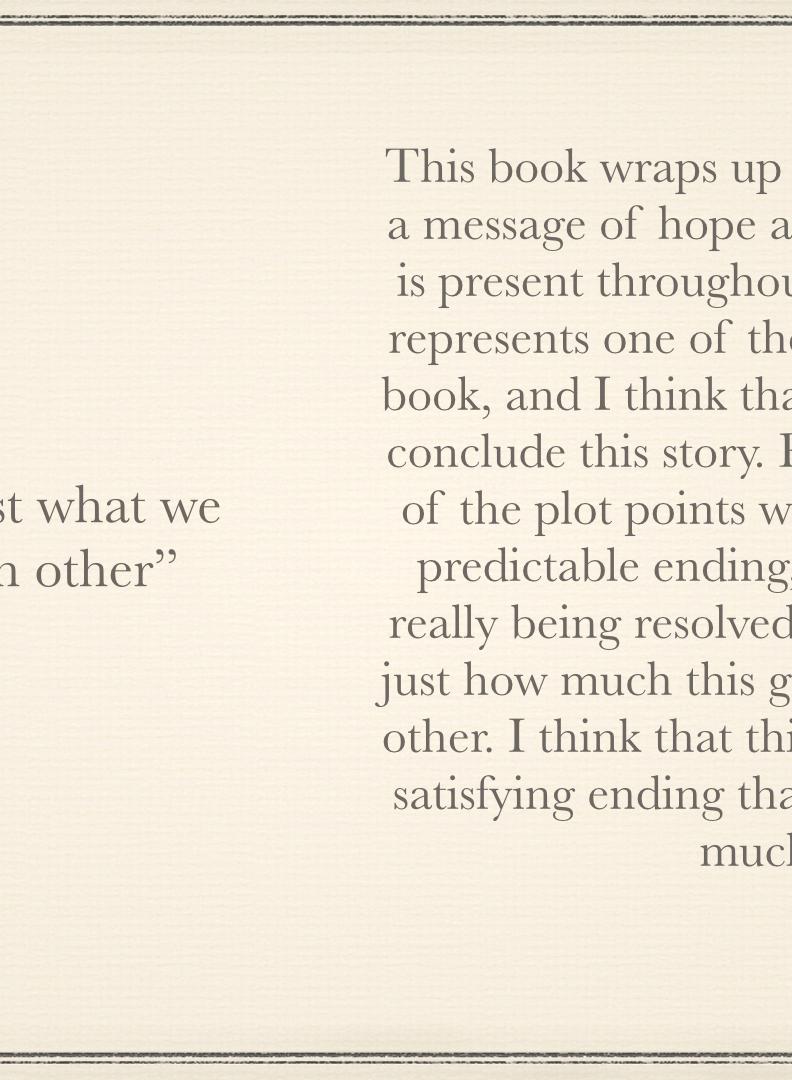Welcome back to my blog. Today we are going to be talking about more racism in Canada. Unlike our previous Canada is Racist instalment, we will be talking about racism both in Canada’s past in present. Let’s get into it.
We started off this project with an I Am From poem. This is essentially a reflection on where you came from and what shaped you as a person. This was originally supposed to be a bigger part of the project, but it ended up not mattering that much. I did this pretty quickly and didn’t spend too much time on it, so I’m not very happy with it, but I still think it’s pretty good.
After the poem, we moved on to one of the main parts of this project, which was reading the book “The Marrow Thieves.” This was a fictional story about indigenous people in Canada. I really liked the book and I would recommend it. Our keystone one was centred around this book, and was a reading journal and reflection on the book. I really liked this book and I think that my reflection is some of the best work I did in this project here. You can read my reflection here, and read my journal here.
After this we moved onto our keystone two. This was split up into three parts. All of the three parts had pretty similar, except with different topics. Essentially what we did is find a piece of art and connect it to a topic. The first one we did was history and art. For this, we chose a indigenous related issue from history and then found a piece of art surrounding that topic and then connected the two. For the history and art one, I chose to focus on the White Paper of 1969. You can read my connection here.

The next one that we did was the contemporary issue and art. For this one, we picked a modern indigenous issue and a piece of art surrounding it. I chose intergenerational trauma as my topic. Specifically, I chose to focus on the trauma caused by children being taken from their parents and raised in residential schools. You can read this one here.

The final one we did surrounded a civil dispute. I chose to research the Wet’suwet’en pipeline protest. This topic surprised me more than any other topic, purely because of the pure ridiculousness of the situation, as well as how not talked about it is. You can read my reflection on it here, and I recommend reading this article if you are interested in it.

The last thing that we did was our collage. This was the final product for this project, and our options for what we could do were nearly limitless. The only criteria was that it had to be about indigenous issues, and it had to show our art reflections from keystone two in some way. We could also do it digitally or physically. I chose to collage together the art that I used in my reflections as well as put QR codes in that lead to said reflections. I then used one quote from the art I chose for the civil dispute, “is this reconciliation?” and laid that across the bottom of my collage. I am pretty proud of my collage, and I think that it shows my learning very well. You can see it here.

And that’s about it. The last thing that we did was a quick reflection on what truth and reconciliation means to you and how you feel about being a Canadian before and after this project which you can read here. This was a very interesting project. I found a lot of this project surprising when learning about how discriminatory Canada is even in modern day. I also enjoyed reading the book, which I liked quite a bit.
I learned a lot in this project about staying on top of my work and strategies that work for me, which I think will help me a lot next year. I enjoyed humanities this year, and I am excited for what we do next year. I think that this was a great project to finish off the year, and I am looking forward to grade 11. Thank you for reading this blog post and see you next year!








Leave a Reply